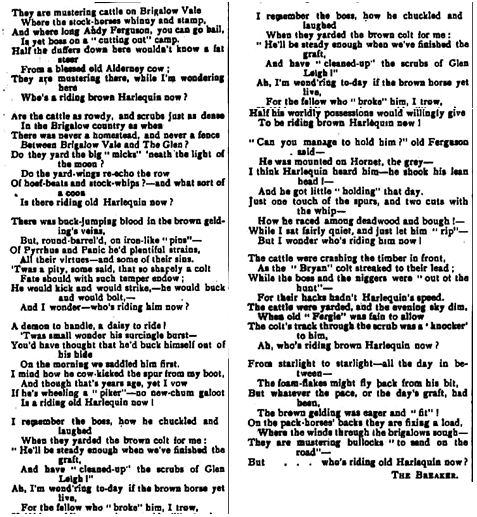Drownings were a regular occurrence in the Hawkesbury district specifically in the early 19th century. In 1826 Isabella Stoodley drowned near the mouth of Mangrove Creek when the boat she was travelling in accidentally upset near the mouth of Mangrove Creek. An inquest was held at Gunderman at Hibbs' farm situated on the Hawkesbury River. The Windsor Coroner, John Howe was in attendance and the verdict confirmed the cause of death was drowning. It was not the first time Isabella had been in the news. She appeared in the Sydney Gazette in April 1818 when her husband at the time, John Suddis, a settler at Wilberforce, was murdered.
The report of Isabella's death appeared in the Sydney Gazette in August 1826. The significance of this article is not only the report of an unfortunate drowning but also that it reveals some insight into the arrangements made regarding the burial of bodies, in localities away from a town centre as well as the difficulties in performing a funeral. It records that a piece of land had “been made sacred by the burial of one or more persons, but what has not been consecrated” and also mentioned that people preferred to bury “their relatives on their own farms” despite Governor Macquarie's edict 15 or so years earlier, that the deceased were to buried in consecrated burial grounds.
 |
| Sydney Gazette 5 August 1826, p. 2 |
The Windsor Correspondent for the newspaper enlightened readers with additional information about burials. This paragraph has some interesting concepts, and states:
"The funeral service is generally read by the best reader present; although he may be considered objectionable in other respects "Can he read?" This affirmed "Then he will do" Certainly a resident Chaplain would be a most invaluable treasure in such a district; the advantages society would derive from such an appointment, in affording instruction to the rising generation, may be in some degree conceived, but where would its influence terminate? It is worthy of remark, that the youths of that district are to form the Juries of this country. Where is their baptism; and where the record of their christenings? Much could be said on this interesting subject; but we submit it to consideration in the proper quarter. Where no doubt it will be speedily be noticed when known."
 |
| Location of the mouth of Mangrove Creek where Isabella drowned in 1826.
© Google Maps 2013
|
The value of using newspapers can never be underestimated. The benefits of using Trove to not only find information about people and events but the advantages of also adding unique background details to transform your research and make it thought provoking and stimulating.








